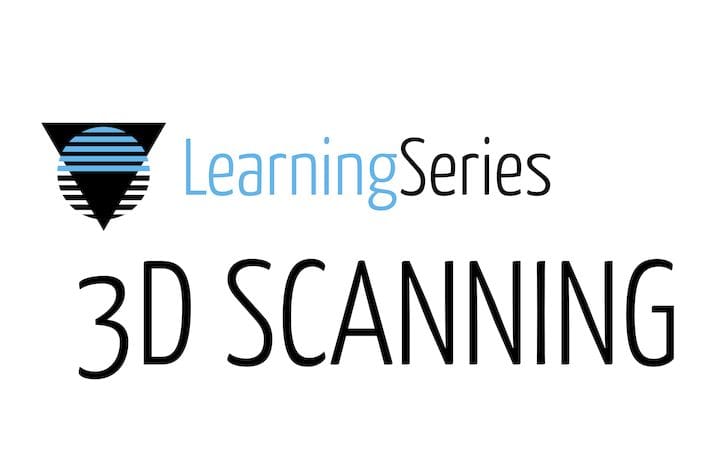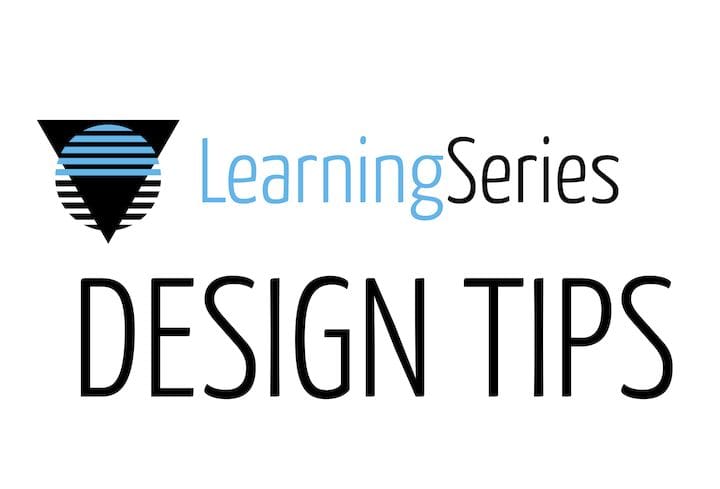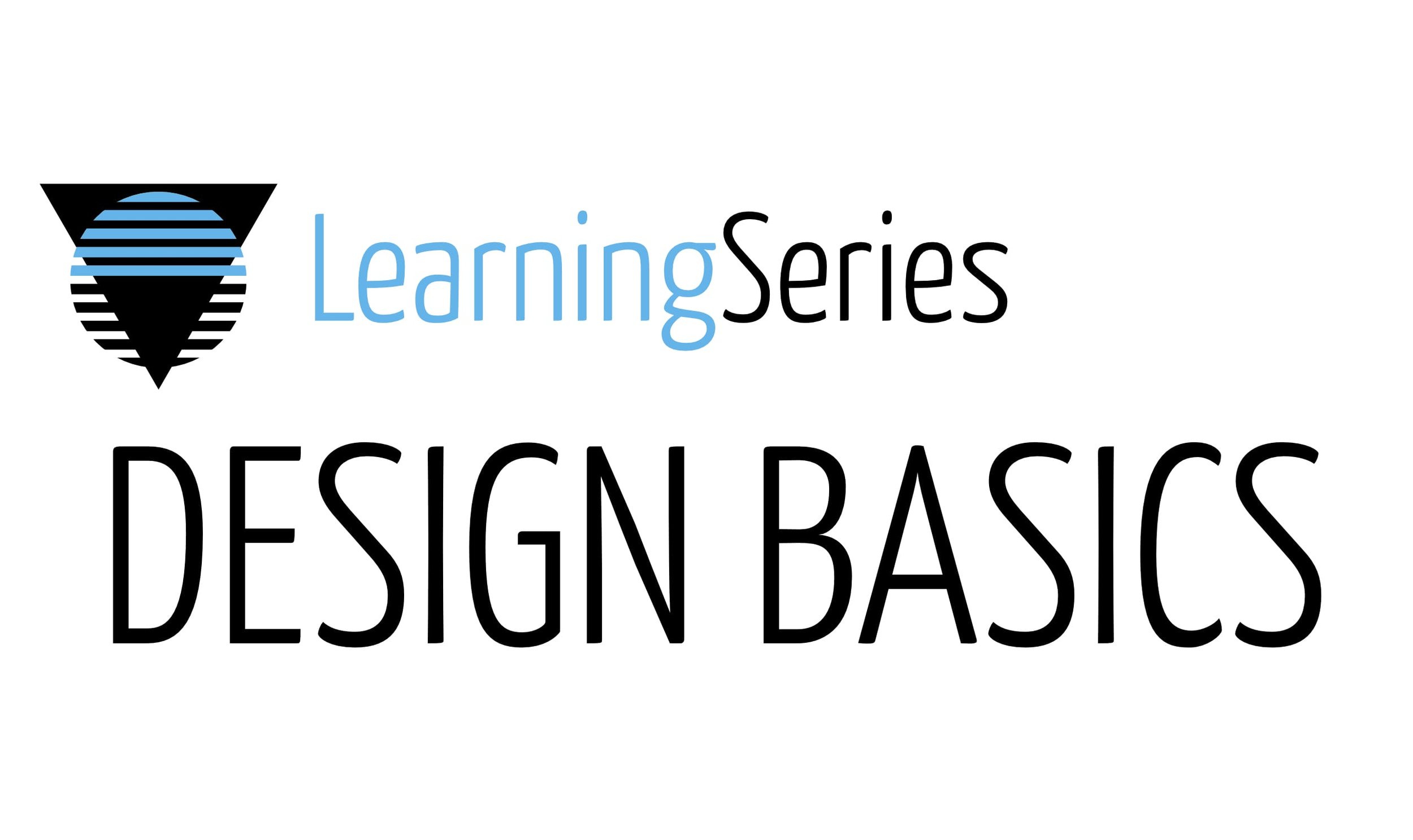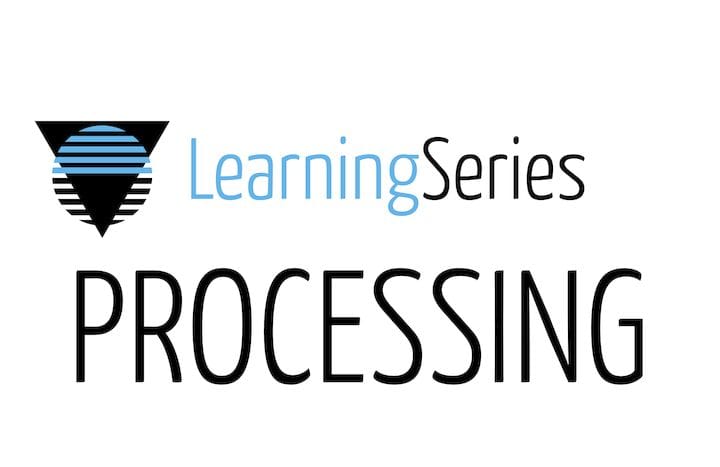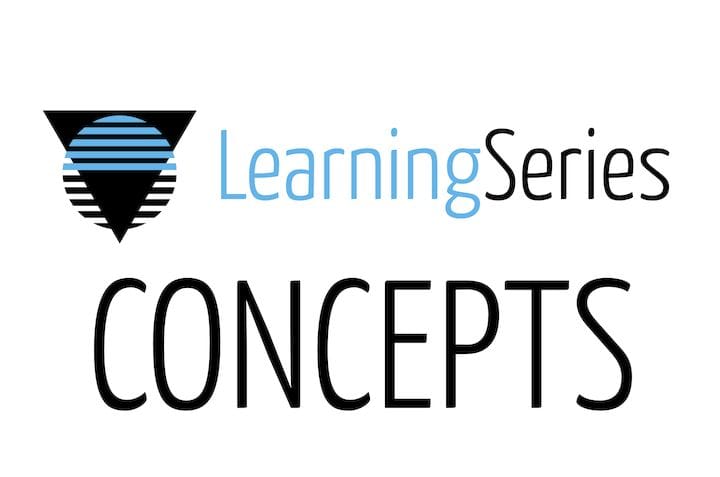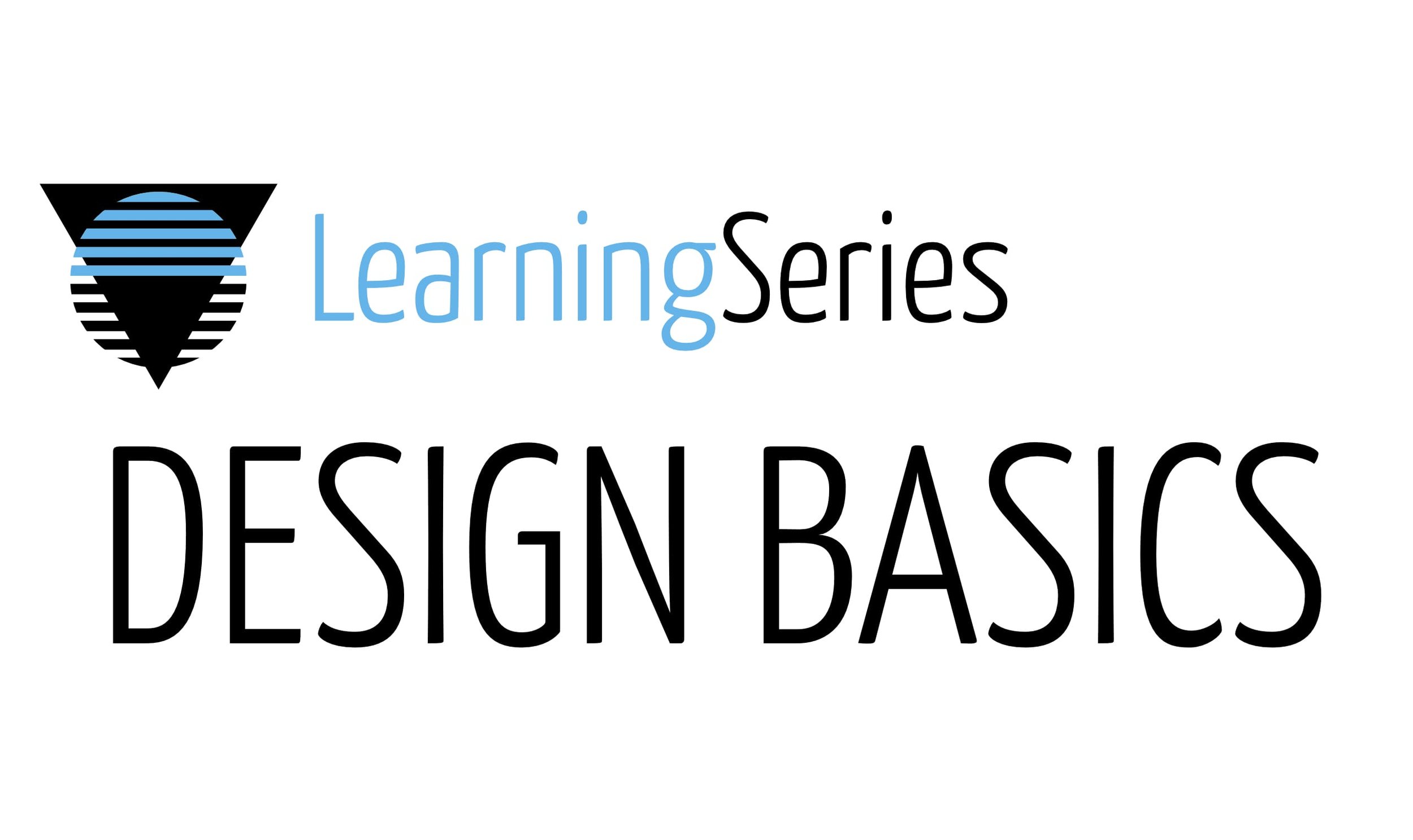 The Fabbaloo Learning Series on 3D Print Design Basics
The Fabbaloo Learning Series on 3D Print Design Basics
This is an entry in our 3D Print Learning Series, focusing on Design Basics for 3D Printing.
For other current entries in this series, please search for our tag, “learning series”, here. Search often, as we will be adding more periodically.
3D Print Design Basics
Many people unfamiliar with 3D printing have the mistaken impression that one can simply “print anything”. They seem to think that if you have I don’t object of any geometry prepared as a 3D model, it could be printed.
This is utterly wrong, as anyone who’s operated a 3D printer even ones can attest.
It turns out that every 3D printing process that resulted in best practices for design. In other words, you must design FOR 3D printing. If not, your printing project may fail miserably.
This is series of posts describes a number of aspects in proper design for 3D printing. Let’s get started!
Each heading below is a link to relevant design discussion.
What Is A 3D Model, Anyway?
![A random 3D model [Source: Fabbaloo]](https://fabbaloo.com/wp-content/uploads/2020/05/what-is-a-3d-model_result_img_5eb098eac96f4.jpg) A random 3D model [Source: Fabbaloo]
A random 3D model [Source: Fabbaloo]
Perhaps the most basic understanding one must have to comprehend what’s happening with the the 3D printing is the notion of a 3D model. This is a digital representation the item to be produced, and is a mandatory requirement for 3D printing.
Four Styles Of 3D Design Software
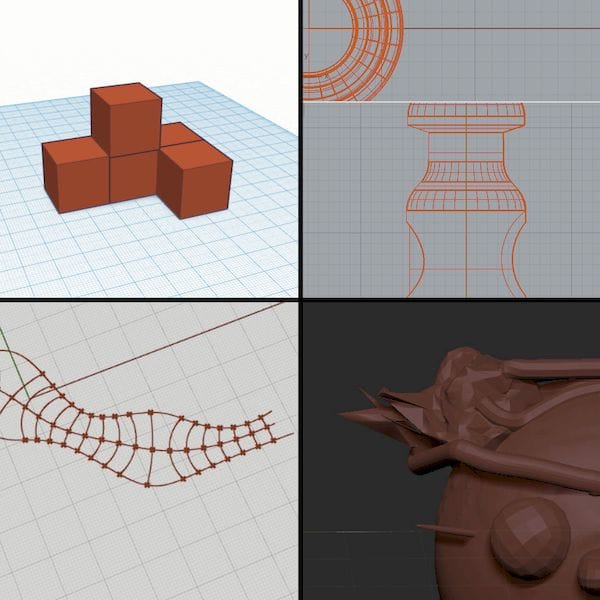 Four kinds of 3D model creation tools
Four kinds of 3D model creation tools
Creating 3D models is done through software. But what kind of software? Most people have heard of the term “CAD”, but there’s actually far more to it, and in reality a number of different 3D creation tools that fall into four categories.
A Combination Of Tools To Fix BAD STL 3D Print Files
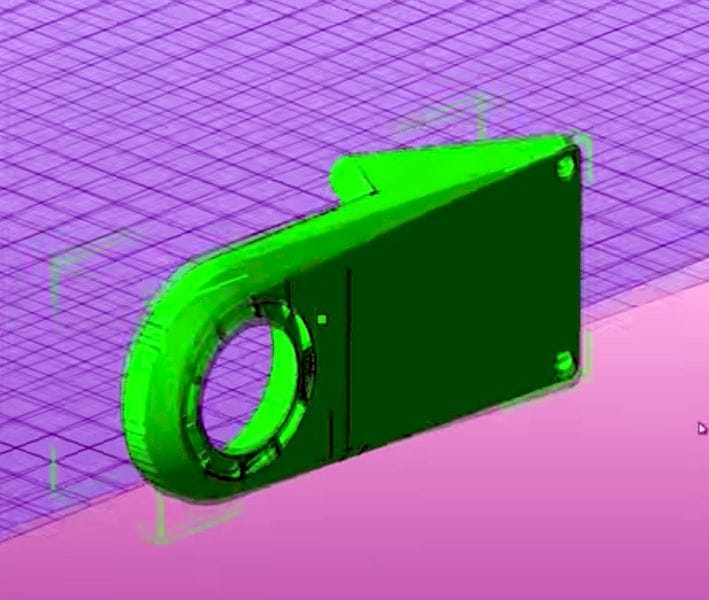 Fixing bad 3D models
Fixing bad 3D models
Certain 3D model creation tools where never intended to create printable items. Thus it is possible to create invalid 3D models when using them. If you do this, then it’s up to you to repair them before you can attempt printing.
Make Certain Your 3D Model’s Bottom Is Flat
![What does the bottom of your 3D model look like? [Source: Fabbaloo]](https://fabbaloo.com/wp-content/uploads/2020/05/flat-bottom_result_img_5eb098ebd8e61.jpg) What does the bottom of your 3D model look like? [Source: Fabbaloo]
What does the bottom of your 3D model look like? [Source: Fabbaloo]
A mistake I made for far too long was ignoring the geometry of the base of my 3D models. This mistake it is likely responsible for a great many print failures across the world, and this is surprising because it is quite straightforward to do this properly.
The Troubles With Some 3D Models
![How to solve 3D printing a complex 3D model [Source: Fabbaloo]](https://fabbaloo.com/wp-content/uploads/2020/05/troubles-with-models_result_img_5eb098ec29667.jpg) How to solve 3D printing a complex 3D model [Source: Fabbaloo]
How to solve 3D printing a complex 3D model [Source: Fabbaloo]
There’re plenty of fascinating 3D models that big to be printed, but sometimes they just don’t lend themselves very well to the printing process. This post describes a technique you can use to overcome this.
3D Printing’s Pathological Geometries
![Watching out for pathological design elements [Source: Fabbaloo]](https://fabbaloo.com/wp-content/uploads/2020/05/Pathological-Geometries_result_img_5eb098ec7944e.jpg) Watching out for pathological design elements [Source: Fabbaloo]
Watching out for pathological design elements [Source: Fabbaloo]
I now look at the 3D model with different eyes than I originally did. This is because after having suffered countless print failures I am now able to easily recognize certain pathological geometries that can mess up your day. This post will help you see them as I do, and take appropriate action.
Four Ways To Join Letters For 3D Printing
![How to join letters together in a 3D model [Source: Fabbaloo]](https://fabbaloo.com/wp-content/uploads/2020/05/four-ways_result_img_5eb098ecda39b.jpg) How to join letters together in a 3D model [Source: Fabbaloo]
How to join letters together in a 3D model [Source: Fabbaloo]
A very common type of print is to produce and object that is in the shape of a word or name. At first you might think this is a straightforward design task, as you simply need to extrude some letters. But it turns out that words require the letters to be in specific order, who knew? Thus you must join the separate letters together before printing. It turns out there are at least four ways to do so.
Making Threaded Parts For 3D Printing: Easier Than You Think
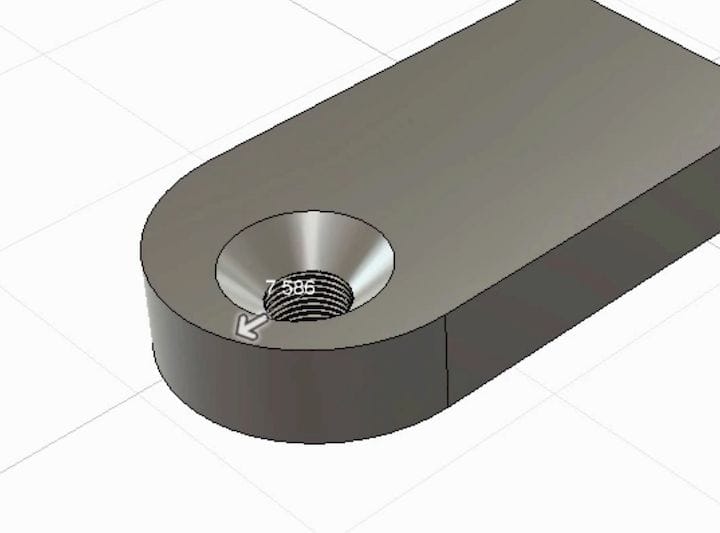 A threaded hole in a 3D model
A threaded hole in a 3D model
Many 3D prints are actually of components for mechanical devices. These devices are essentially assemblies of several components and are often bound together with bolts. Although it’s always possible to simply put a bolt and nut through a hole, sometimes you need to put threads into your 3D model to allow the bolt to hold without a nut.
For other currently entries in this series, please search for our tag, “learning series”, here. Search often, as we will be adding more periodically.
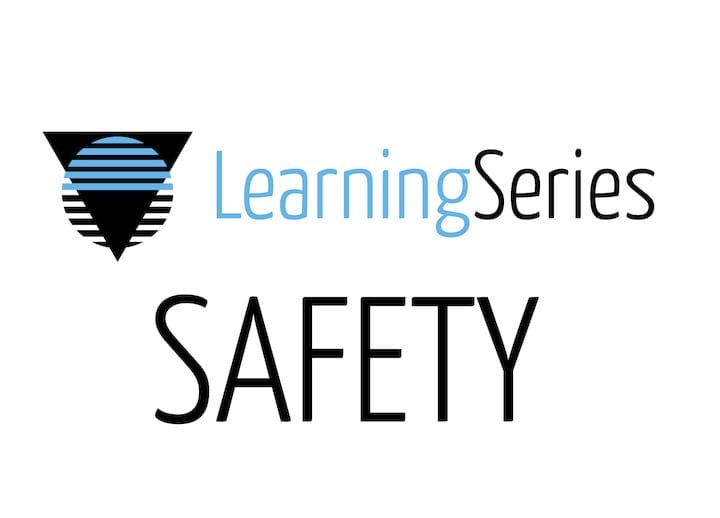
This is an entry in our 3D Print Learning Series, focusing on 3D print safety, which is far more risky than you might have imagined.
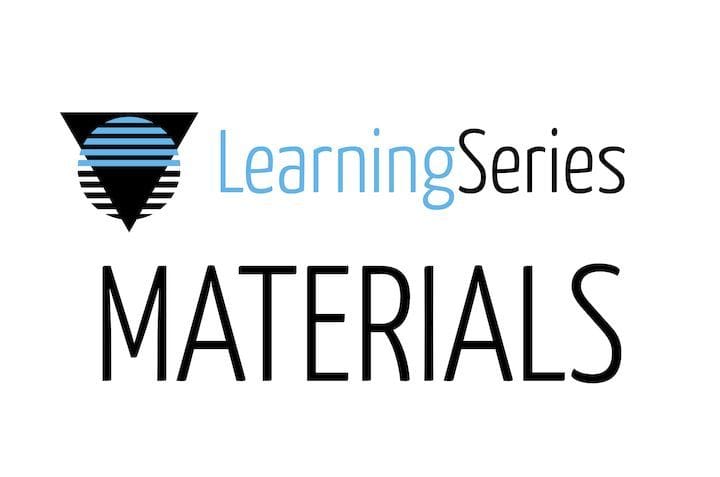
This is an entry in our 3D Print Learning Series, focusing on the different materials possible in 3D printing.

An entry in our Learning Series hopes to show you the business aspects of 3D printing, including purchasing, leasing, providing services, designing and marketing.
